
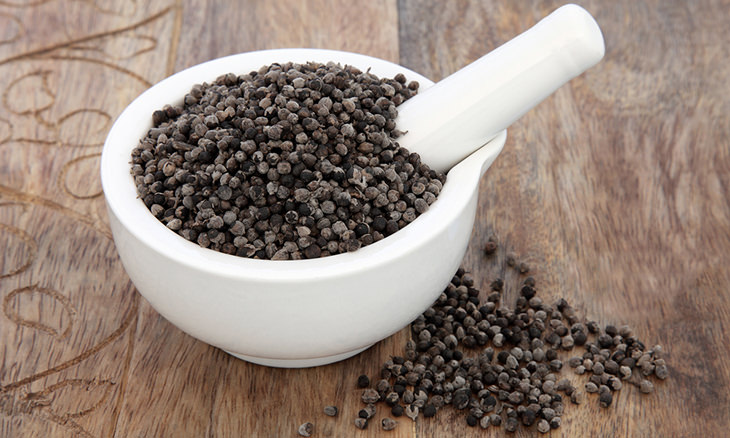
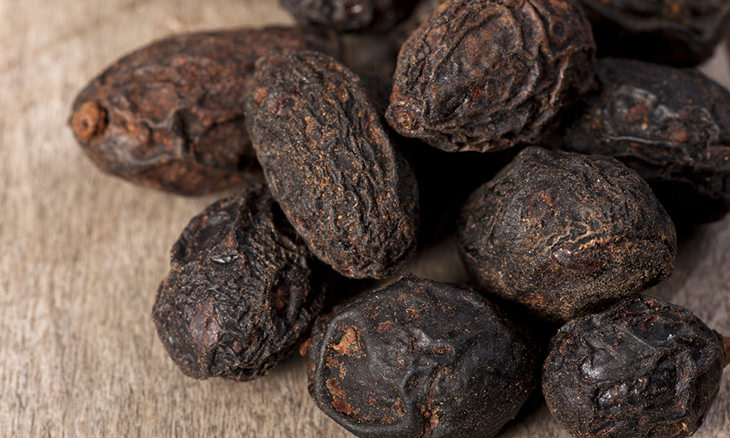
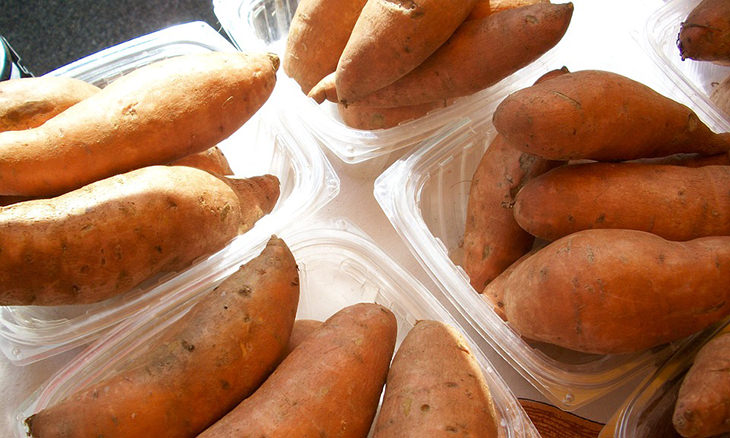
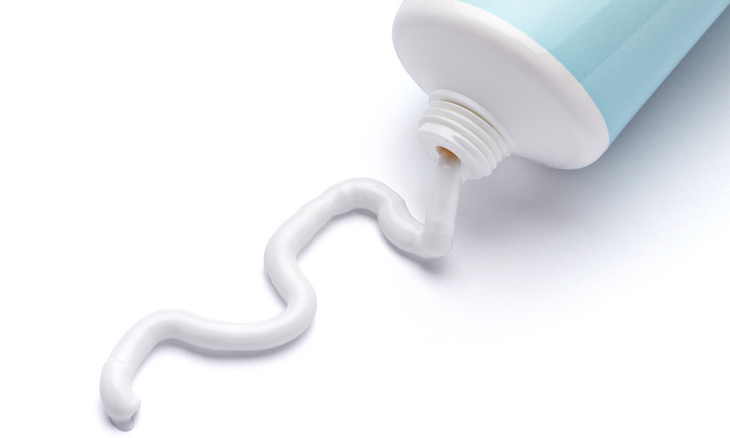
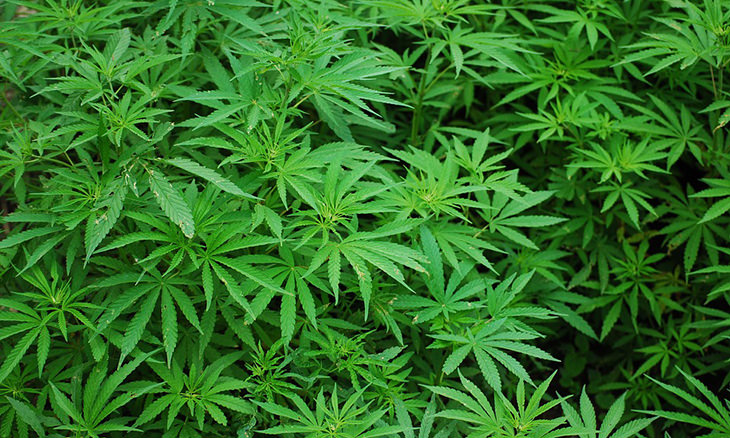

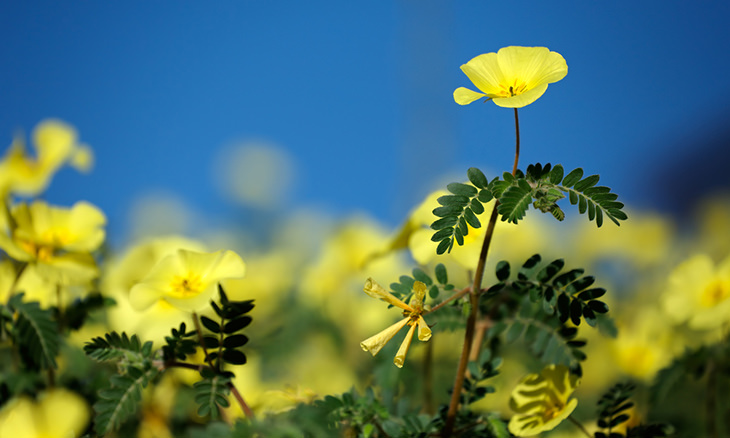
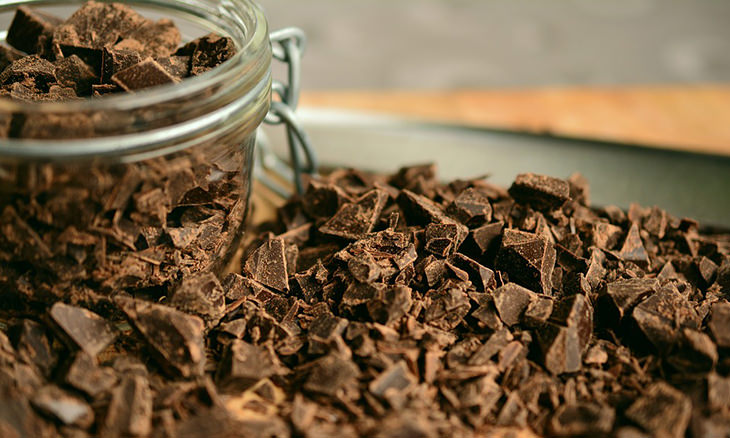
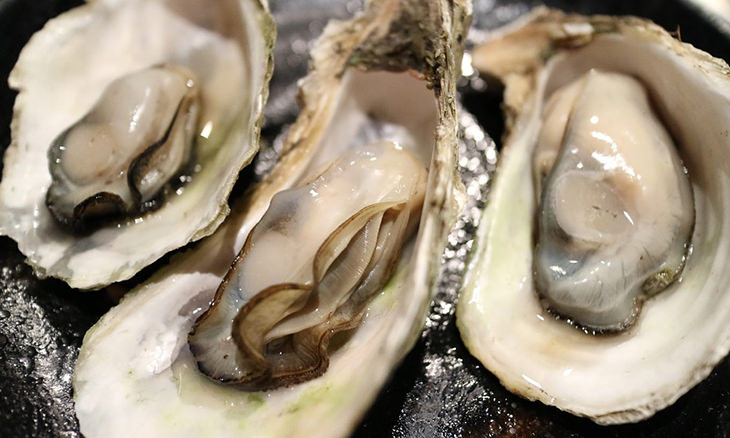
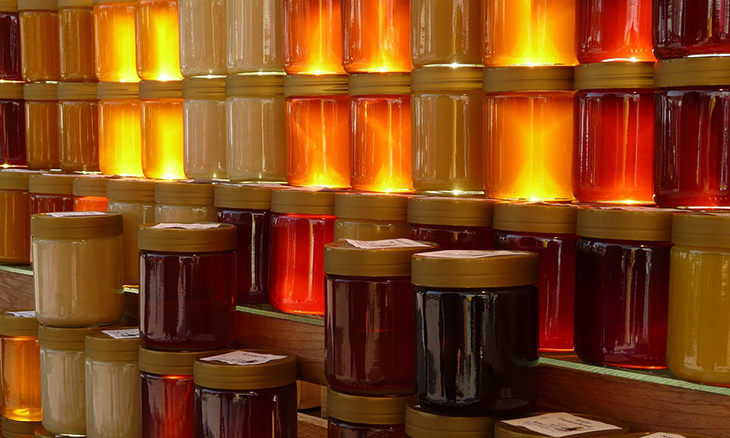

These Max Shows Will Keep You Glued to Your Screen
Looking for something new to watch? Check out our latest recommendations...
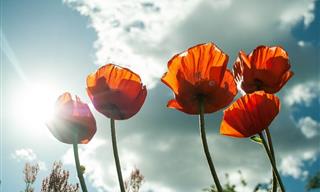
12 Beautiful Plants that Flourish in the Summer Heat
many plants are simply unable to grow in the summer heat. but the 12 before you do well in it and can decorate your house all summer long.
 8:07
8:07
Which of These Old Bathroom Features Do You Want Back?
These old bathroom trends have disappeared over time.
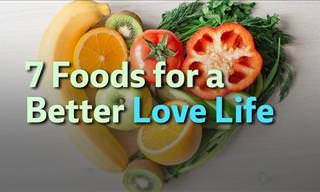
These 7 Foods Will help to Improve Your Love Life
If you want to Improve your love life you don't need to go out and buy pills form unknown origins... Try these natural foods instead!

14 Products You Can Stop Buying to Save Big at Home
These everyday items are draining your wallet.

Avoid Buying These Foods When Shopping at the Supermarket!
You might think that everything in a supermarket is safe to consume, but that is not always the case. Here's 7 foods you should avoid.

These Handy Charts Offer All Sorts of Practical Knowledge!
These charts have a lot of practical info, like how to make a wind-proof fire, or how the color of a specific fruit can tell you which antioxidants it contains.

These Huge Hairdos Will Make You Glad It's Not the 1960s!
People have always been extremely dedicated to their appearance, and nothing exemplifies this better than 1960s hairstyles. Take a look at this huge hairdos!
 19:01
19:01
How Islam Separated Into Sunni and Shia: The Full Story
What happened, and why did it cause Islam to split into two factions?
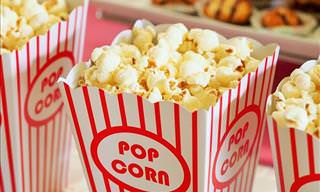
14 Movie Recommendations You Won’t Want to Miss
Which films deserve to be added to your watch list? Here are 14 suggestions (with trailers) that are sure to inspire and emote you.

How 10 Ordinary English Idioms and Phrases Began...
Many English phrases and idioms have fascinating histories behind them, here is a selection of 10 astounding examples.

These Inventions Changed the World Beyond All Recognition
Some inventions meant that the world changed beyond all recognition. In this interactive video post, you'll see nine of the greatest.
 14:52
14:52
What Are the Odds?! - 20 Creepy Historical Coincidences
These are some of the creepiest, and most spine-chilling coincidental occurrences in history...
 8:40
8:40
1 Day in Pompeii: Experience That Fateful Day!
One day in 79 AD the city of Pompeii was tragically destroyed by an extraordinary volcanic eruption. This video shows you just how the scene would have unfolded.

I Had No Idea These Brand Names Are Actually Acronyms
There are loads of brand names out there that are actually acronyms, and here are some of the most surprising ones!
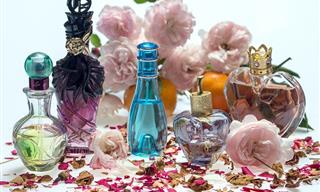
10 of the OLDEST Perfumes in the World
Here's a list of 10 perfumes on the scale from vintage to antique you can still buy today WITHOUT breaking the bank!
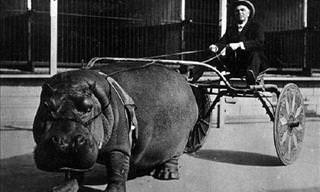
These Vintage Photos are Both Funny & Bizarre!
Check out these 15 weird sights from the past, which you certainly won't see nowadays!

15 Movie Facts That Will Make You Want to Watch Again...
hese facts can change the way you look at iconic moments, reveal unexpected connections, or show just how inventive filmmakers had to be.
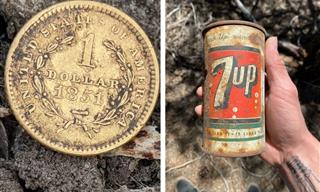
21 Incredible Items Unearthed by Metal Detectors
Metal detecting is a surprisingly popular hobby. Here are some of the coolest and most valuable items found by amateur metal detector hobbyists.
 4:56
4:56
WATCH: These Soldiers Can Sing as Well as They Serve
These soldiers aren't just trained for service—they've mastered harmonies that hit you right in the heart.
 12:19
12:19
How Roman Engineers Shaped the World We Know Today
These engineering marvels made Rome an enduring symbol of innovation and ambition.

8 Shocking Items Unearthed During a Home Renovation
If you’re planning a home renovation, be prepared for the unexpected, as you may dig up some pretty surprising things, like the people in these 8 cool stories

8 Well-Known Mysteries We Never Knew Had Been Solved
Uncovering the the secrets behind popular ‘unsolved mysteries’.

Thomas Edison’s Most Inspiring Words of Wisdom
These memorable quotes by Thomas Edison still hold meaning for anyone chasing big goals.
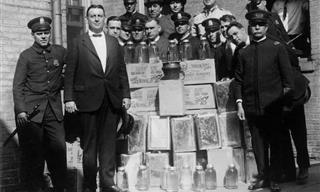
7 Conspiracy Stories that Turned Out to be True
These stories are shocking... and they turned out to be true!

20 Nostalgic Images of Circulating Libraries
Way before Amazon, the visit of the bookmobile was one of the most exciting moments. These 20 nostalgic images capture the circulating libraries of the past.
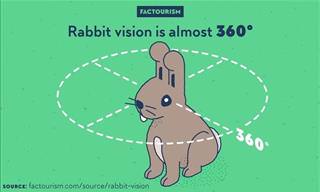
18 Fun Facts You Likely Never Heard of Cutely Illustrated
Don't the cute exterior of these illustrations deceive you. This is a real treasure trove of fascinating facts about the world we live in

9 Extraordinary Women Who Beat Men at Their Own Games
These 9 women are among the most important names in history, but do you know their names and inspiring stories.
 19:20
19:20
You Won't Believe What This Man Built By Himself!
You won't believe what construction project got this man to work alone and complete the craziest underground cabin. Come and check it out...
 19:11
19:11
18 Things You Probably Didn't Know About Medieval Times
Watch Medieval Literature Dr. Dorsey Armstrong answer all the important questions related to the Middle Ages.
 3:59
3:59
Watch: Some Dogs Take to Fishing Like Ducks to Water
Some dogs take to fishing like ducks to water.

With Epitaphs Like These, How Can They Ever Be Forgotten?
Check out this collection of 15 different epitaphs, ranging from emotional ones to highly humorous ones.

Do You Know the Truth About These Famous Figures?
Hollywood exaggerates and distorts many historical truths with its movies, but now you're about to find out the truth about some important figures...
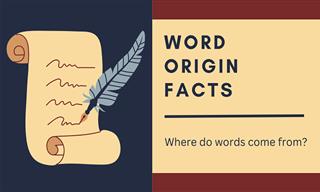 24:30
24:30
21 Fascinating Facts About Word Origins You Never Knew
Linguist Gareth Roberts provides some fascinating insights into the origins of different words.
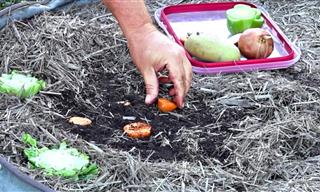 15:33
15:33
Does Regrowing Vegetables From Scraps Actually Work?
You're likely aware that you can regrow certain vegetables using scraps. But the real question is, does this method work for every type of vegetable?
 8:36
8:36
Take a 4K, Vivid Walk Through the Streets of 1911 New York
Watching this 110 year old restored video if New York actually feels like a glimpse to a time long gone.
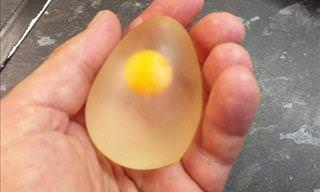
21 Fascinating Things You Never Gave Much Thought To
Take a look at 21 strange things that will change the way you see the world.

22 ODD Facts You Didn’t Know—and Still Might Not Believe
This collection digs up the most peculiar truths that slipped through the cracks of common knowledge.

Love Mythology? You'll Love These Informative Animations!
These informative TED-Ed videos delve into some of the world’s most popular myths and attempt to explain them in all their glory!

5 Historical Battles that Have Quite the Story to Tell
Read all about five of the most historically important battles to have ever graced this earth, many of which were fought and won by the underdogs.

6 Facts You May Have Not Known About King Charles
Did you ever know Prince Charles also dabbles in art? And what about his musical skills? Let's get those royal facts.
 8:07
8:07
Which of These Old Bathroom Features Do You Want Back?
These old bathroom trends have disappeared over time.

15 Perceptive One-Liners by the Great Charles Darwin
Here are some profound pieces of wisdom from Charles Darwin, the father of evolution.

Work Safety? Never Heard of It!
The people involved in these construction fails and work safety violations have never heard of the phrase “Safety First!”

7 Downsides to Being Highly Intelligent
Everyone thinks that being blessed with a very high IQ can only be positive, but there are also downsides. Here are 7 downsides to being highly intelligent.
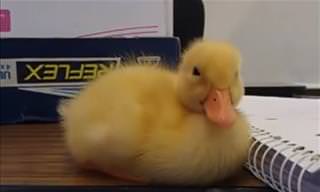 10:15
10:15
This Animal Video is Sure to Turn a Smile Into a Grin!
Get ready to wear a big smile and a giggle, this video will make your day!
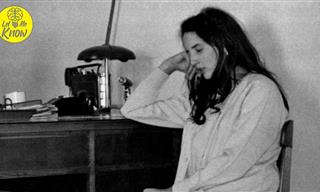 7:14
7:14
Franca Viola: The Woman Who Had the Courage to Say "No"
The inspiring story of an Italian woman who, in the 1960s, had the courage to stand up to tradition and say no.
To enable your Ad-Free Subscription, please fill the fields below
Your subscription was successful, now you can enjoy an ad-free experience!! Note: To make sure you get no ads, please make sure to log in to your account. If you are logged in already, then refresh the page. The subscription can be cancelled at any time.


